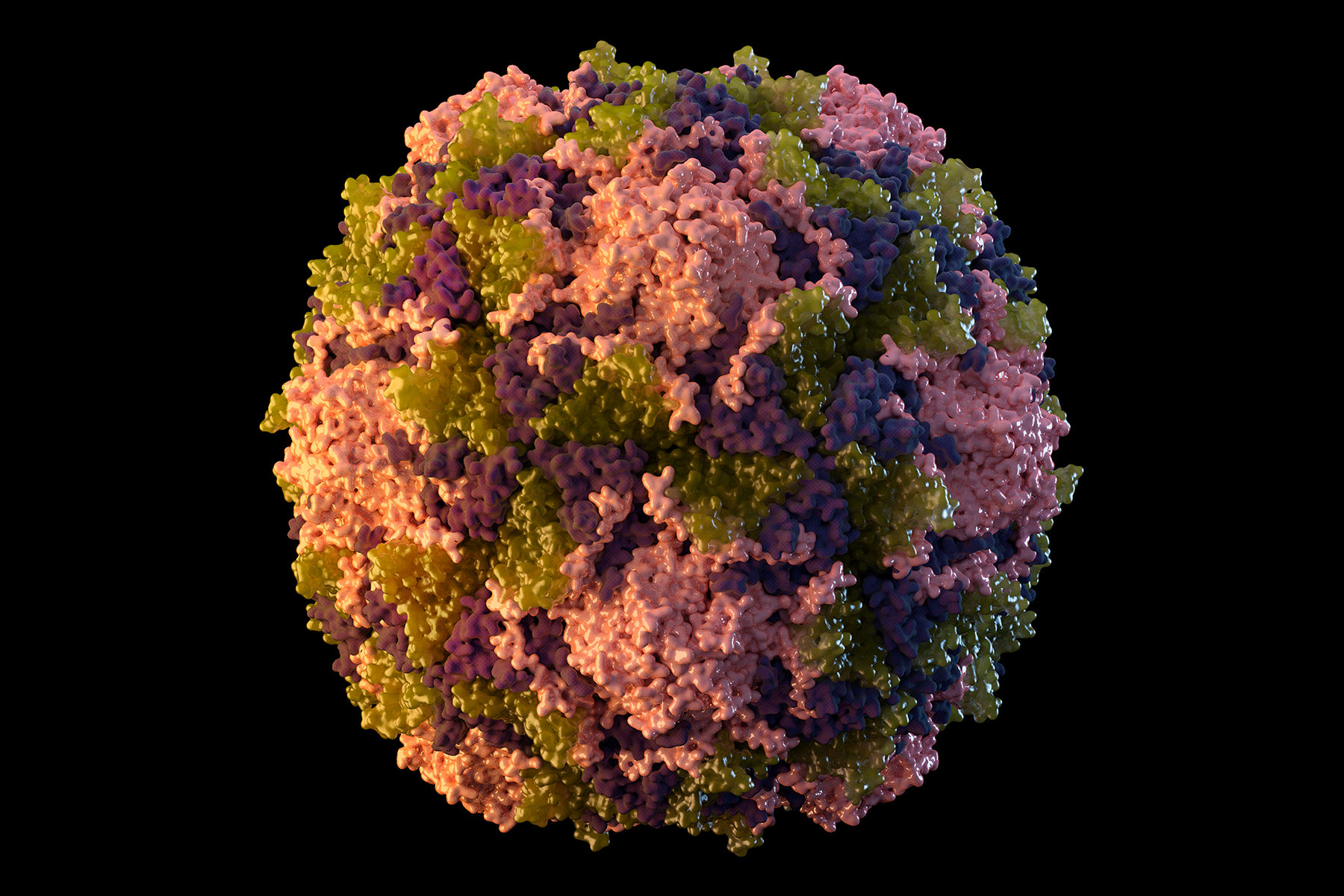The United States reported its first ever case of polio in decades on Thursday, health officials said. The virus was found in an unvaccinated New York resident, who reportedly had developed paralysis. The last case of polio in the United States was reported in 1993.
According to health officials, the patient had a vaccine-derived strain of the virus, perhaps from someone who got a live vaccine — available in other countries, but not in the United States.
Also Read: How the Joe Biden administration plans to fight the Omicron BA.5 subvariant
How prepared is the United States?
Getting vaccinated against polio is common practice in the United States. According to the Centers for Disease Control and Prevention, 99 out of 100 children get all the recommended doses of the polio vaccine. Those vaccinated are largely protected from the disease for life.
The first polio vaccine was available in the United States in 1955. America was declared polio-free in 1979 after intense inoculation drives through generations. All cases reported in the United States after that have been brought into the country by travelers.
According to the CDC, a national vaccination campaign cut the annual number of US cases to less than 100 in the 1960s and fewer than 10 in the 1970s. Polio vaccinations have since been regularly used, maintaining America’s immunity index.
Federal officials recommend four doses: to be given at 2 months of age; 4 months; at 6 to 18 months; and at age 4 through 6 years. Some states require only three doses.
Also Read: Listeria outbreak in US possibly came from Florida ice cream
According to the CDC‘s most recent childhood vaccination data, about 93% of 2-year-olds had received at least three doses of polio vaccine.
There are two types of polio vaccines. The US and many other countries use shots made with an inactivated version of the virus. But some countries where polio has been more of a recent threat use a weakened live virus that is given to children as drops in the mouth.







